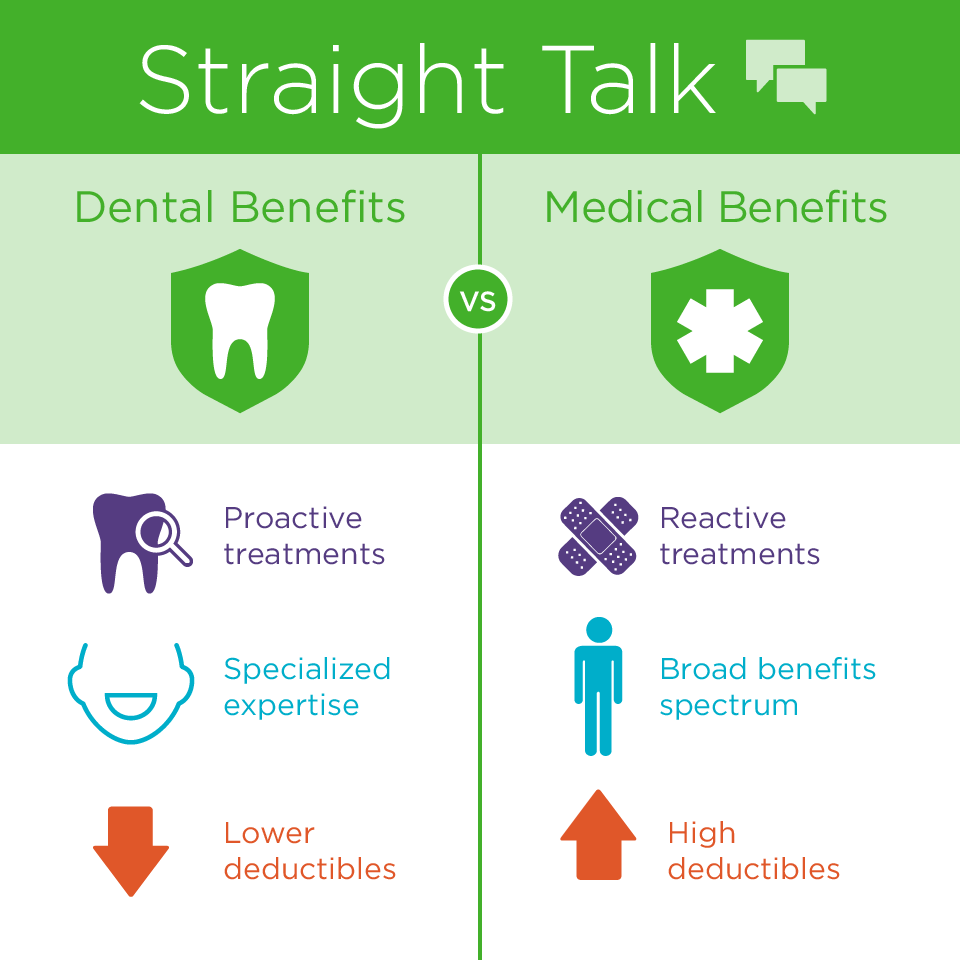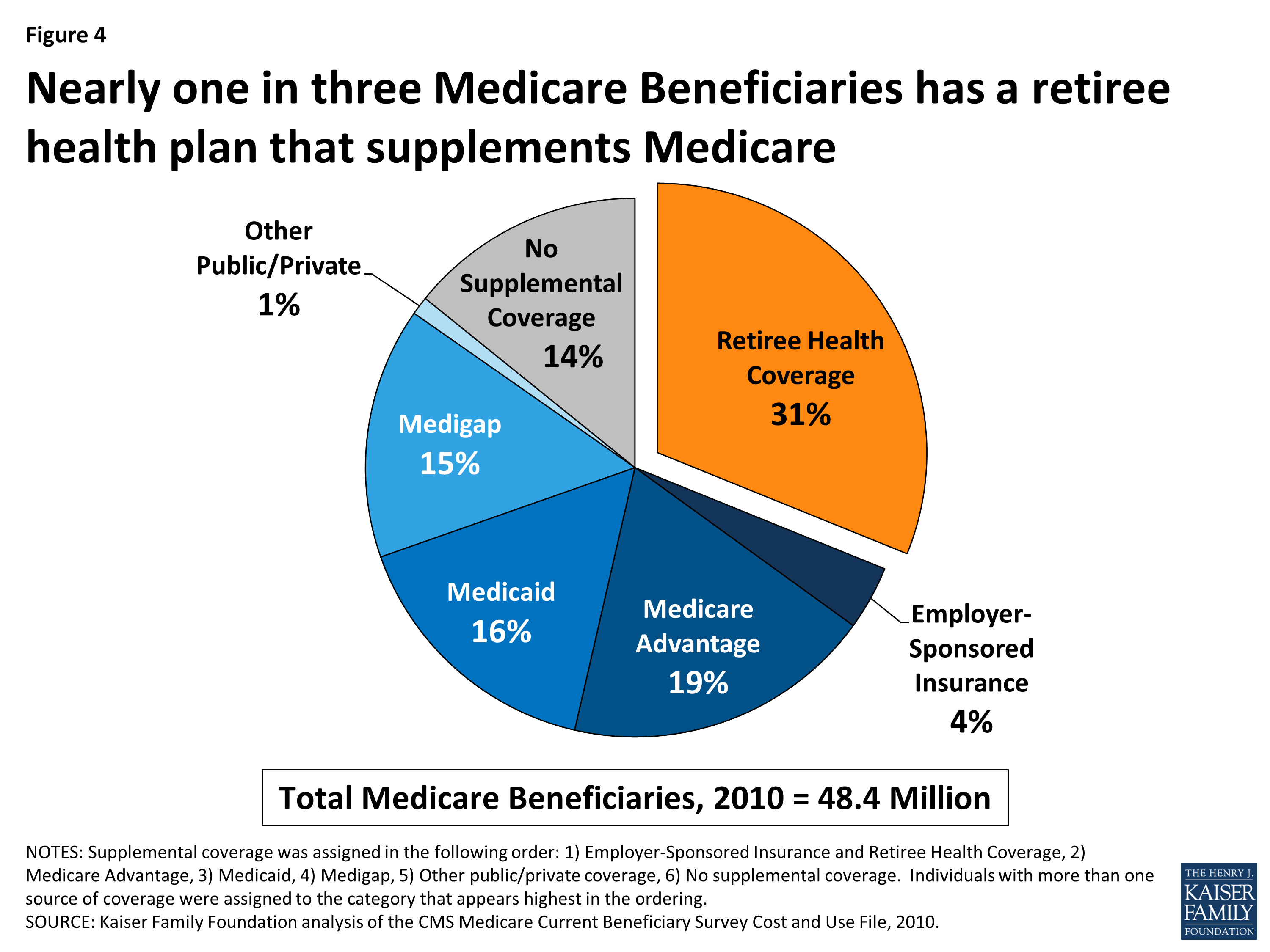The Buzz on Medicare Advantage Agent
The Buzz on Medicare Advantage Agent
Blog Article
What Does Medicare Advantage Agent Do?
Table of Contents10 Easy Facts About Medicare Advantage Agent ShownAn Unbiased View of Medicare Advantage Agent8 Easy Facts About Medicare Advantage Agent Described

complies with from confusing the fairly young age profile of the without insurance with the better wellness, typically, of younger individuals. This covers the web link in between health standing and medical insurance. For those without accessibility to work environment health and wellness insurance, poor health is a possible barrier to purchasing nongroup protection since such protection might be extremely priced, exclude preexisting conditions, or be simply unavailable. The number of without insurance Americans is not especially big and has actually not altered over the last few years. 7 out of 10 respondents in a country wide depictive survey believed that fewer Americans lacked health insurance coverage than actually do(Fronstin, 1998). Approximately fifty percent(47 percent )thought that the variety of individuals without health insurance policy lowered or continued to be consistent over the last fifty percent of the last years(Blendon et al., 1999). This decrease of nearly 2 million in the variety of individuals 'without insurance policy (a decrease
of around 4 percent)is definitely a positive adjustment. With a softer economy in 2000 the most up to date reported gains in insurance coverage might not continue(Fronstin, 2001 ). The decrease in the variety of uninsured will certainly not proceed if the economic climate continues to be slow-moving and health and wellness treatment costs remain to outpace rising cost of living. This is because the information were accumulated for a period of solid financial performance. Of the approximated 42 million people who were without insurance, all however about 420,000(about 1 percent)were under 65 years old, the age at which most Americans come to be eligible for Medicare; 32 million were adults in between ages 18 and 65, about 19 percent of all adults in this age team; and 10 million were youngsters under 18 years of age, regarding 13.9 percent of all children (Mills, 2000). These quotes of the variety of persons without insurance are created from the yearly March Supplement to the Existing Population Survey (CPS), carried out by the Demographics Bureau. Unless or else noted, nationwide price quotes of individuals without medical insurance and percentages of the population with different type of coverage are based upon the CPS, the most widely used source of quotes of insurance policy coverage and uninsurance rates. These surveys and the estimates they yield are explained briefly in Table B. 1 in Appendix B - Medicare Advantage Agent. These studies vary in size and tasting approaches, the questions that are inquired about insurance
Unknown Facts About Medicare Advantage Agent
protection, and the moment period over which insurance protection or uninsurance is determined(Lewis et al., 1998, Fronstin, 2000a ). Still, the CPS is specifically helpful because it creates yearly estimates relatively quickly, reporting the previous year's insurance policy protection approximates each September, and due to the fact that it is the basis for a regular set of estimates for greater than twenty years, enabling analysis of patterns in insurance coverage gradually.

How Medicare Advantage Agent can Save You Time, Stress, and Money.
Over a three-year period beginning early in 1993, 72 million individuals, 29 percent of the united state populace, were without protection for a minimum of one month. Within a solitary year(1994), 53 million individuals experienced at the very least a month without coverage(Bennefield, 1998a). Six out of every ten without insurance adults are themselves utilized. Although functioning does boost the likelihood that a person and one's household members will have insurance coverage, it is not a guarantee. Also participants of family members with 2 find out this here full-time wage income earners have virtually a one-in-ten possibility of being without insurance (9.1 percent uninsured price)(Hoffman and Pohl, 2000 ). The partnership in between health and wellness insurance and access to care is well established, as recorded later in this chapter. The relationship in between health insurance coverage and wellness outcomes is neither straight nor basic, a comprehensive professional and wellness services research study literature links wellness insurance policy coverage
to improved enhanced accessibility care, better much betterHigh quality and improved personal and population health wellnessCondition As an example, the second report, on personal health end results for without insurance adults, is stood for by the inner circle have a peek here of the figure, while the 3rd report, on family wellness, encompasses the subjects of the second report but highlights a various unit of evaluation, particularly, the family members. The sixth report in the series will certainly present details about methods and efforts embarked on in your area, statewide, or country wide to attend to the absence of insurance and its unfavorable influences. Levels of analysis for analyzing the effects of uninsurance. This discussion of medical insurance coverage focuses primarily on the united state populace under age 65 because virtually all Americans 65 and older have Medicare or various other public coverage.
It concentrates especially on those without any kind of wellness insurance coverage for any length of time. The troubles encountered by the underinsured remain in some areas similar to those dealt with by the uninsured, although they are typically much less extreme. Uninsurance and underinsurance, however, involve distinctly different policy concerns, and the strategies for addressing them may differ. Throughout this research study and the 5 reports to comply with, the primary emphasis is on persons without any health and wellness insurance coverage and therefore no support in paying for healthcare beyond what is offered through charity and safeguard organizations. Health and wellness insurance coverage is a powerful element impacting receipt of treatment since both clients and physicians respond to the out-of-pocket rate of solutions. Medical insurance, however, is neither necessary neither adequate to get to medical services. The independent and direct impact of health and wellness
insurance insurance policy protection access to health services is well establishedDeveloped Others will certainly obtain the health care they need even without medical insurance, by paying for it out of pocket or seeking it from carriers that use treatment cost-free or at very subsidized prices. For still others, medical insurance alone does not make sure receipt of treatment due to various other nonfinancial barriers, such as an absence of health and wellness treatment carriers in their neighborhood, restricted accessibility to transportation, illiteracy, or etymological and social differences. Official study regarding without insurance populations in the USA dates to the late 1920s and very early 1930s when the Committee on the Expense of Treatment created a collection of records regarding funding physician workplace check outs and hospitalizations. This problem ended up being significant as the varieties of medically indigent climbed up throughout the Great Anxiety. Empirical researches continually support the link in between access to care and enhanced wellness end results(Bindman et al., 1995; Starfield, 1995 ). Having a regular source of treatment can be considered a predictor of gain access to, instead of a direct action of it, when health results are themselves made use of as accessibility indicators. This extension of the concept of gain access to dimension was made by the IOM Committee on Monitoring Accessibility to Personal Health And Wellness Treatment Services(Millman, 1993, p. Whether parents are insured appears to affect whether their youngsters obtain treatment along with just how much careeven if the children themselves have protection(Hanson, 1998). The health and wellness of parents can impact their capability to take care of their kids and the level of household anxiety. Stressing over their children's accessibility check out here to care is itself a source of anxiety for moms and dads. 3 chapters comply with in this report. Phase 2 offers an overview of just how employment-based health and wellness insurance, public programs and private insurance plan run and interact to offer considerable but incomplete protection of the U.S. populace. This consists of a testimonial of historical trends and public policies influencing both public and personal insurance policy, a conversation of the interactions amongst the different sorts of insurance coverage, and an evaluation of why people relocate from one program to one more or end up

Report this page